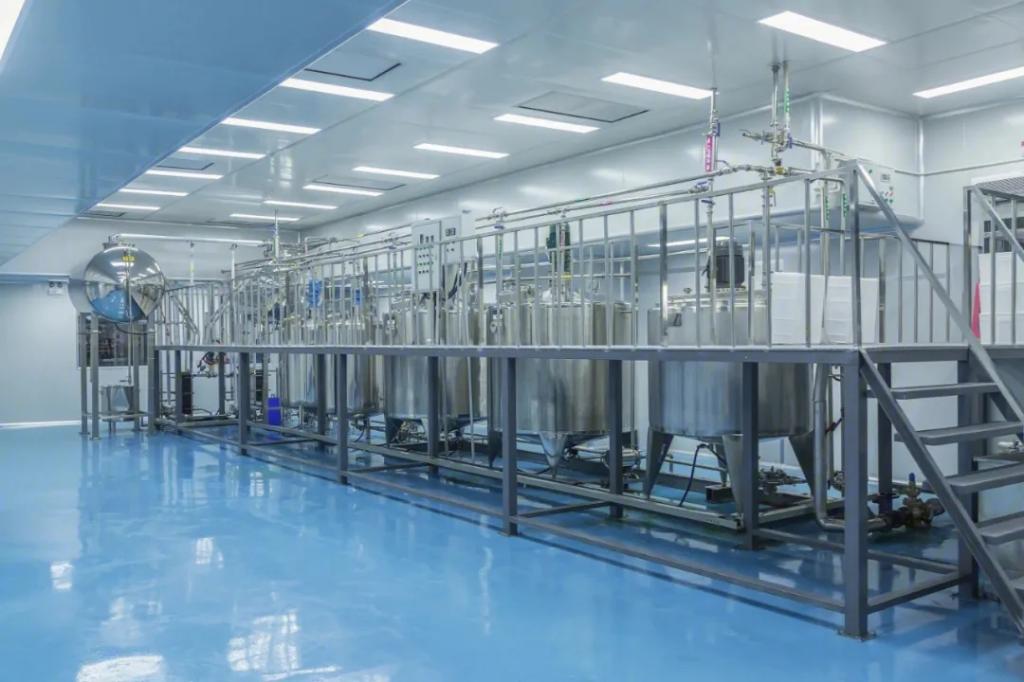
 CONTACT
CONTACT
- Linkman:Linda Yao
- Tel: +8618231198596
- Email:linda.yao@dcpharma.cn
- Linkman:CHARLES.WANG
- Department:Overseas
- Tel: 0086 0311-85537378 0086 0311-85539701
Nisin production process
TIME:2023-12-27
The production of nisin involves the fermentation of certain strains of lactic acid bacteria, typically Lactococcus lactis, which naturally produce this antimicrobial peptide.Here is an overview of the nisin production process:
Strain Selection:
Specific strains of Lactococcus lactis, capable of producing nisin, are selected for the fermentation process.These strains are often referred to as nisin-producing strains.
Inoculum Preparation:
A small amount of the selected strain is used to inoculate a suitable growth medium.This inoculum is allowed to grow and multiply, creating a larger population of the nisin-producing bacteria.
Fermentation Medium:
The fermentation medium typically contains nutrients such as carbohydrates, nitrogen sources, minerals, and other essential components needed for bacterial growth and nisin production.
Fermentation Process:
The inoculated medium is transferred to a larger fermentation vessel, where the bacteria undergo fermentation.During fermentation, the bacteria produce nisin as a byproduct.
Monitoring and Optimization:
The fermentation process is carefully monitored for various parameters, including pH, temperature, oxygen levels, and the concentration of nutrients.Optimization of these conditions ensures efficient nisin production.
Harvesting:
Once the fermentation process is complete and a sufficient amount of nisin has been produced, the bacterial culture is harvested.This may involve separating the bacterial cells from the fermentation broth.
Cell Disruption:
The harvested bacterial cells are typically subjected to a cell disruption process to release the intracellular contents, including nisin.This can be achieved through methods such as mechanical disruption or enzymatic treatment.
Nisin Extraction:
The nisin is extracted from the disrupted cells and the fermentation broth.Various extraction methods, including precipitation and chromatography, are employed to isolate and purify nisin from the complex mixture.
Purification:
The extracted nisin undergoes purification processes to remove impurities and other components.Chromatography techniques, such as ion exchange chromatography, are commonly used for this purpose.
Drying and Formulation:
The purified nisin is often dried to obtain a stable powder or other dry forms.The dried nisin can be formulated into different products, including liquid solutions, powders, or encapsulated forms, depending on the intended application.
Quality Control:
The final product undergoes rigorous quality control measures to ensure it meets safety and purity standards.This may include testing for nisin content, absence of contaminants, and adherence to regulatory specifications.
Packaging:
The final nisin product is packaged in suitable containers, often with protective measures to prevent contamination and maintain product stability during storage and transportation.
The nisin production process may vary among manufacturers, and advancements in biotechnology have led to improvements in efficiency and yield.Additionally, regulatory guidelines and quality standards must be followed throughout the production process to ensure the safety and quality of the final nisin product.
- Tel:+8618231198596
- Whatsapp:18231198596
- Chat With Skype







